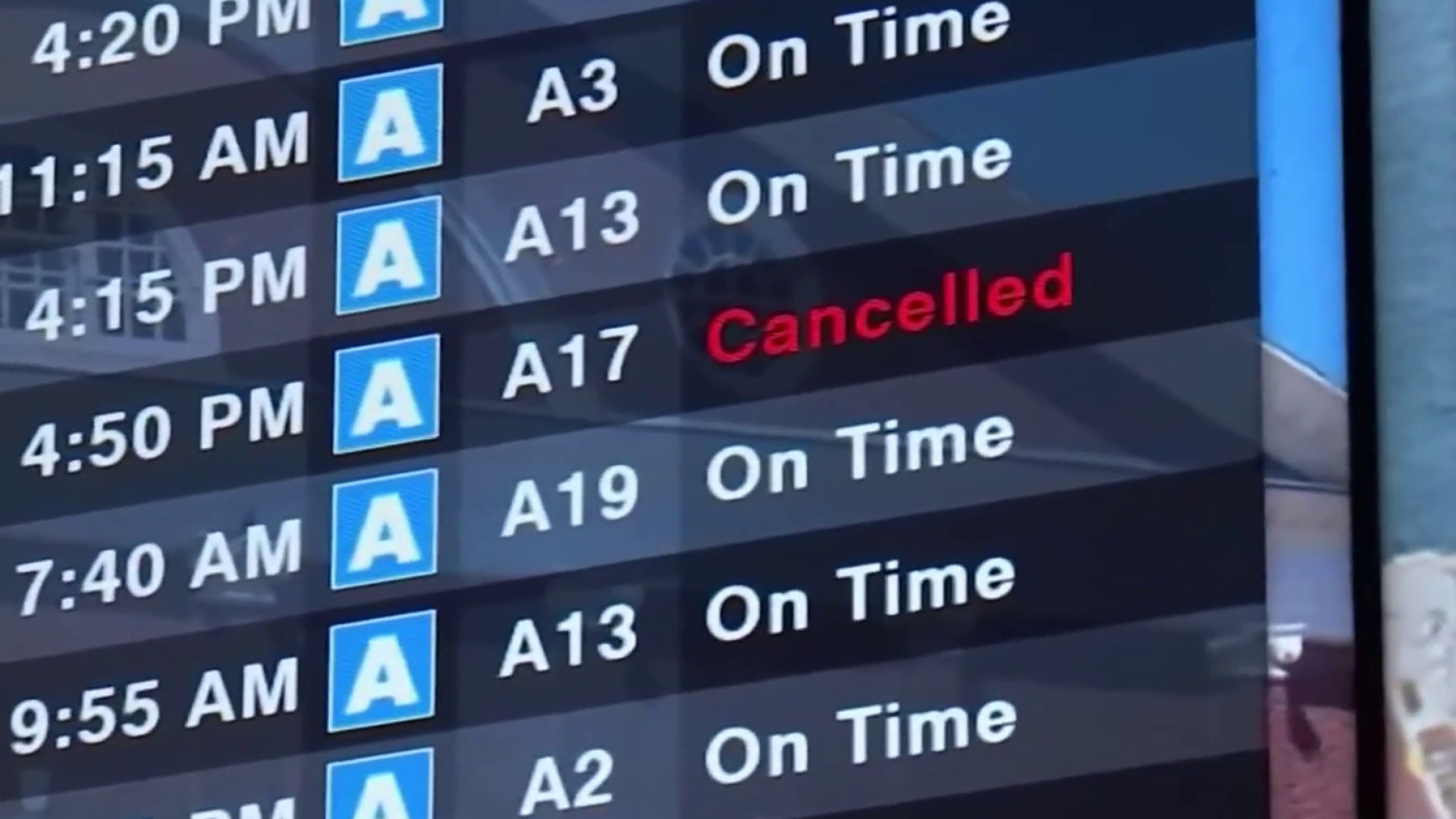As the popularity of indoor trampoline parks in the Bay Area soars, so does the number of people getting hurt at them.
The NBC Bay Area Investigative Unit dug through medical dispatch records and found at least 73 emergency 911 responses to a dozen local trampoline parks in just the past two years. The injuries, mostly among children, are often serious, ranging from hurt necks and snapped ankles to popped knees and dislocated elbows.
A 2016 study published in the Journal of the American Academy of Pediatrics (AAP) showed emergency room visits due to trampoline park injuries increased by nearly 1,100 percent from 2010 to 2014. The study also found that compared to home trampolines, trampoline parks are producing more serious injuries.
The industry is growing quickly, which may explain the sharp rise in emergency room admissions. And injury rates are lower or on par with common youth sports such as soccer or football, according to the International Association of Trampoline Parks (IATP).
Jumping on a trampoline is a high-risk activity, according to Dr. Steven Rogers, a pediatric emergency physician and research scientist at Connecticut Children’s Medical Center. He co-authored the 2016 AAP study.
“You are jumping higher than you normally would and landing on an uneven surface,” he said. “I think trampoline parks are super fun for kids. I think we can do a better job of making them safer to use.”
Local
Part of the problem, some experts warn, is a design flaw: So many trampolines should not be interconnected. They say jumpers are often unable to control how they bounce, and they end up landing on the padding that covers the trampoline springs or on harder areas near the edges of the trampolines.
The vast majority of injuries at the parks occur this way, according to Don McPherson, a former Olympic-level gymnastics coach turned expert witness in trampoline park injury litigation.
But some people point to another concern: small kids and bigger children – sometimes even adults – often jumping side-by-side.
That’s how Donovan Segura’s mom says he got hurt at Rockin’ Jump in Dublin in 2015. Donovan, just 5 years old at the time, was jumping alone when a middle schooler began to bounce next to him. He lost his balance, hit the hard padded area of the trampoline and broke his leg.
“I couldn’t walk,” he said. “I had to use my wheelchair to go everywhere.”
Donovan’s mother, Jennifer Segura, says it took her son a year of rehab to recover.
“I did not expect that my 5-year-old son still in preschool simply jumping could get so seriously injured,” she said. “I had no idea.”
Rockin’ Jump, like most parks, warns customers to jump at their own risk and within their own abilities, and explicitly states that trampoline use can cause serious injury or death. The company, which has eight Bay Area locations and is headquartered in San Ramon, says it requires guests to watch a safety video before they jump.
The video outlines the rules, including no jumping near smaller people, but footage captured by NBC Bay Area showed big kids jumping by smaller children again and again with floor monitors failing to stop it.
One employee told NBC Bay Area that he “doesn’t see anybody watch the video,” and that he wasn’t sure whether jumpers are required to view it. They are.
The company does require jumpers to sign liability waivers. San Francisco-based injury attorney Bill Smith believes releases can encourage companies to cut corners.
“They’re not as careful as they would be if they didn’t have a release, which means you have to be careful as a parent and as a family member to make sure that your child or loved one doesn’t get hurt,” he said.
Rockin’ Jump declined an interview request but said in a statement, “Since its inception, safety has been the number one focus of Rockin’ Jump, both for our guests and staff.”
The company also said it will be addressing the concerns NBC Bay Area exposed and pointed to the “Jumpsafe” program outlined on its website, which emphasizes park safety guidelines and states the company regularly maintains its equipment.
Rockin’ Jump follows guidelines set by ASTM International, a standards organization, when it comes to the design, operation and maintenance of trampoline parks. But when it comes to safety, trampoline parks are largely unregulated in much of the country. Proposed legislation failed in California in 2014.
Next year, the IATP will require members to pass third-party safety inspections. For now, IATP encourages members to follow ASTM standards.
Now 8 years old, Donovan Segura is back on his feet. While his mom says she’d never take him back to a trampoline park, Donovan says he’d jump at the chance to do it again.
“It was fun,” he said.
If you have a tip for the Investigative Unit, email theunit@nbcbayarea.com or call 888-996-TIPS. Follow Liz on Facebook and Twitter.



